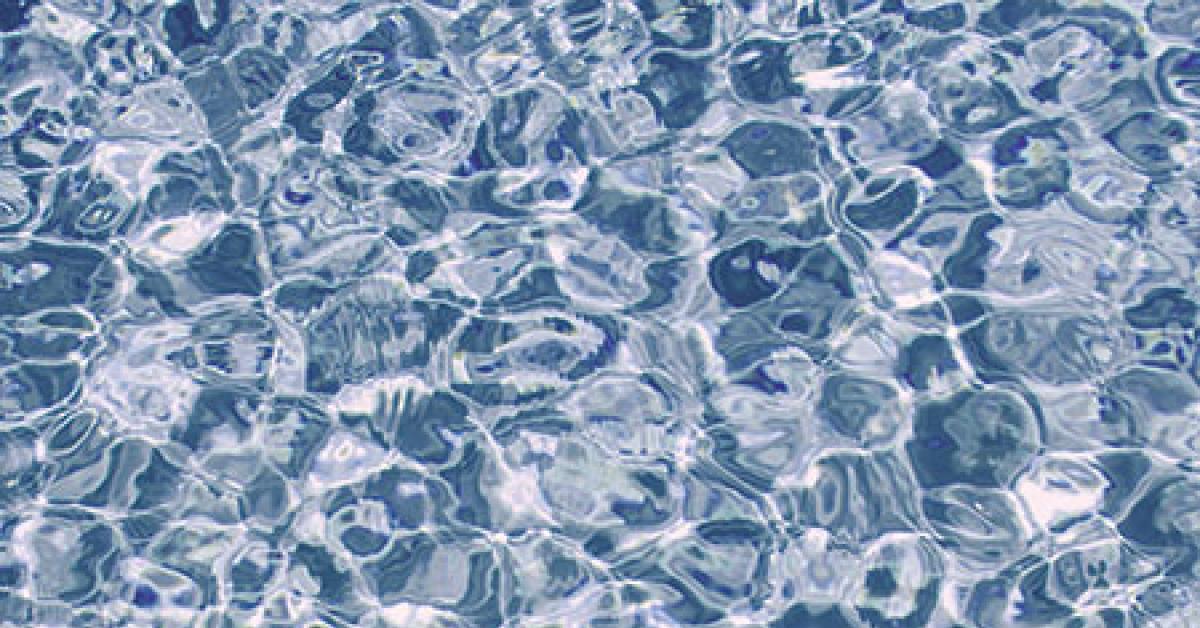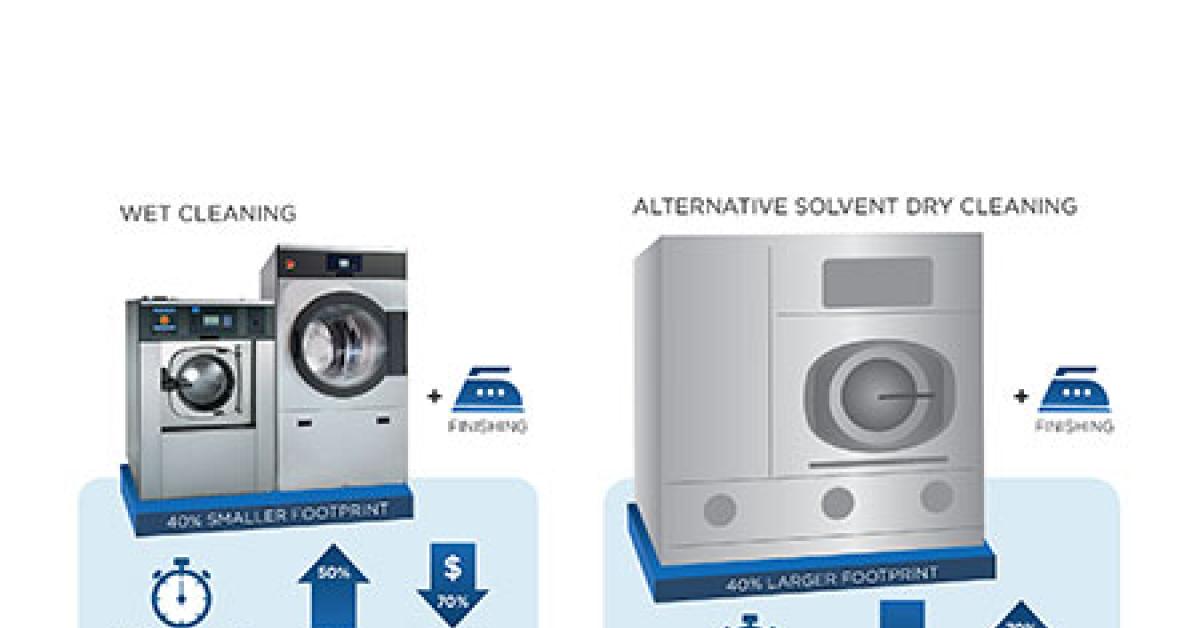TROY, Mich. — Highly programmable wetcleaning machines have been on the market for years. But, they haven’t been utilized to their fullest potential because their partner dryers were seriously lacking.
These traditional tumble dryers made it difficult to dry delicate items, such as silks, wools and linens, without damaging them. So, delicate items coming in the door were either air-dried, which took a lot of time and space, or dry-cleaned.
New dryer technology, however, is changing the industry’s perception of wet cleaning. For the first time, wet cleaning is a viable processing option for virtually any garment or fabric type. It’s also a great technique for catapulting plant throughput and business opportunity.
Gary Heflin of Perfect Cleaners, in Detroit, has transformed his business from predominately dry cleaning to predominately wet cleaning. He harnesses new wetcleaning/drying technology in his plant and reports seeing a 50% boost in production and 7% increase in profits.
“Wet cleaning allows us to finish our work a couple of hours sooner in the day and turn off the boiler, which saves a ton of money on gas and labor,” says Heflin.
Other plant owners are investing in wet cleaning to improve throughput and take on new business.
“The technology for wet cleaning has improved so much, we could operate without a drycleaning machine,” says Paul White, owner of Lifestyle Garment Care, in Midland, Mich.
White recently launched Lifestyle Laundry, which caters to area residents looking for wash/dry/fold services, pickup and delivery. He expects Lifestyle Laundry to double current sales volume using strictly wet cleaning.
And at Belding Cleaners, in Grosse Point, Mich., Joe Hebeka never turns anything away. “Our customers trust us to clean their garments perfectly,” he says.
Rather than relying solely on dry cleaning, Belding Cleaners wet-cleans 20% of incoming items, including wool coats and wedding gowns. “I love wet-cleaning wool coats because it is a huge timesaver over dry cleaning,” he says.
“Rather than an hour-long drycleaning cycle, wool coats go through an eight-minute wetcleaning cycle and 15-minute dry cycle. Finishing them takes hardly any time. Wet cleaning is very important to our growth, because we can take on more volume and clean a wider variety of items.”
Like the owners just mentioned, I believe that as your comfort level grows, you’ll turn up your wetcleaning production and, with it, your profits and opportunity.
Look at all items that come in the door and cherry-pick those you are comfortable wet-cleaning. If needed, make appropriate equipment updates. With experience, your confidence will grow and wet cleaning will increase.
By growing the percentage of items processed via wet cleaning, textile care facilities are maximizing throughput, lowering utility costs, reducing labor hours, marketing a “greener” operation, and enjoying fatter profits.
To read Part 1, go HERE.
Have a question or comment? E-mail our editor Dave Davis at [email protected].


